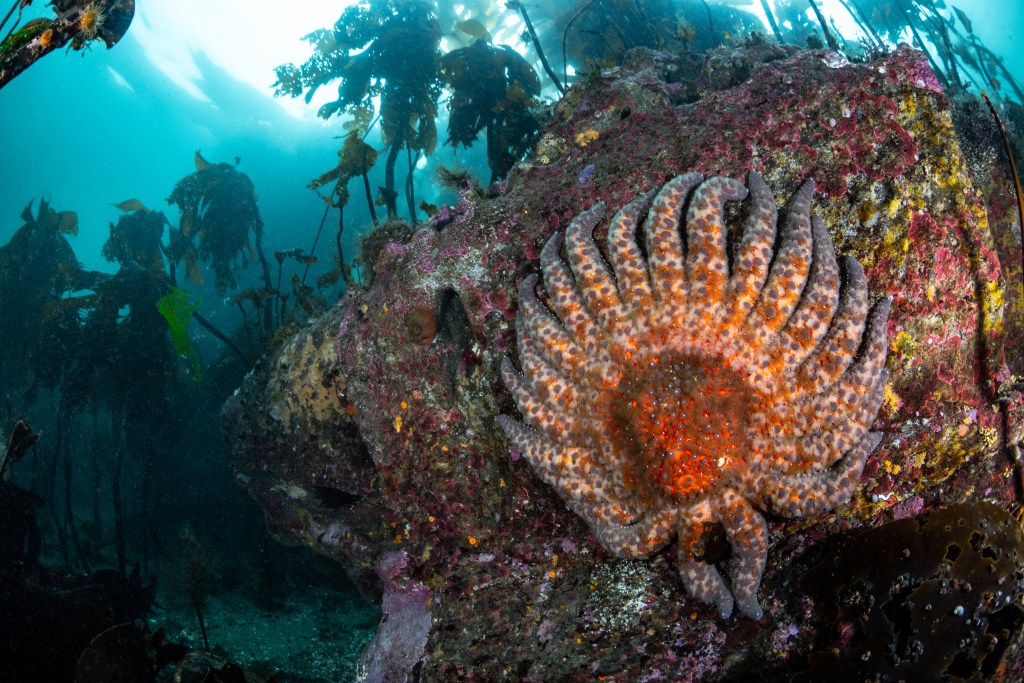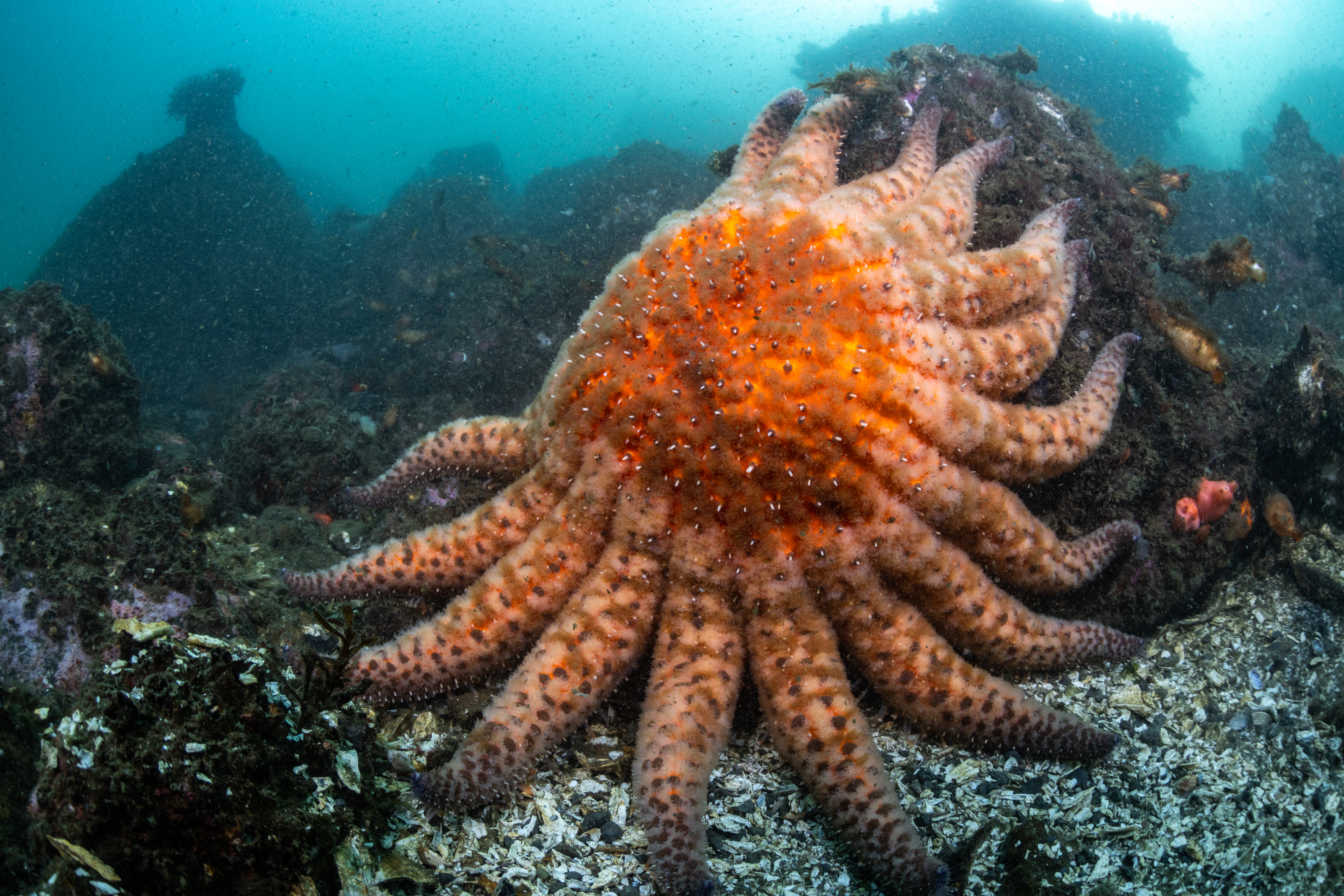The Santa Barbara Channel harbors some of the most brilliant and diverse marine ecosystems on the planet. The towering kelp forests that line our coast and surround the Channel Islands provide habitat for over a thousand different species of marine plants, animals and algae, help soften wave action to reduce the threat of erosion to our coastlines, and store carbon to counteract the impacts of climate change.
As a Santa Barbara resident and frequent local diver of these magnificent ecosystems, I have experienced firsthand the innate beauty and importance of our underwater kelp cathedrals.
However, over the last decade, California has been experiencing an ecological crisis cascading down our coastal oceans that is already disrupting these vital ecosystems close to home. Vast swaths of these sequoias of the sea have been razed, with nothing but miles of barren rock left behind.
What is causing this unparalleled ocean deforestation along our coasts?
In large part, the proliferation of a native species of kelp grazer, the purple urchin, which has multiplied exponentially and changed its behavior in the absence of its traditional predators and once-abundant food source — drift kelp.
Historically in California, several different species of ocean predators, including sunflower stars, sea otters, California sheephead, and California spiny lobsters have combined to munch on urchins and keep their populations in check.
In Northern California, where scant warmer water predators like lobster and sheephead are found, sunflower stars became the only abundant urchin eaters left in our kelp forests once otters were hunted to near extinction in our state. Sunflowers are brilliant orange and purple sea stars, who are voracious hunters that can reach over 3 feet across, live for decades, and scare urchins into hiding through their presence alone.
In 2013/2014, one of the largest marine disease outbreaks on record swept through sea star populations along North America’s West Coast, likely exacerbated by multiple years of abnormally warm ocean temperatures. Over 5 billion sunflower stars succumbed to this disease, melting into goo almost overnight, and the species is now listed as critically endangered by the International Union for Conservation of Nature.

In Northern California, sunflower stars were the last line of defense against urchin overgrazing. In the last 10 years since sunflower stars became functionally extinct in California, 96 percent of Northern California’s kelp forests have vanished, primarily due to the impacts of uncontrolled urchins feasting on kelp and leaving behind barrens in their wake. Urchins in these barrens can survive for years without eating, entering a dormant-like state. Their gonads, which divers and sea otters eat as uni, shrivel and become useless for hungry people and otters.
The effect of urchin overgrazing is not limited to Northern California; over the last 50 years, Southern California’s kelp forests have declined by 75 percent, in part due to similar impacts of urchin overgrazing. The Santa Barbara Channel sits at the confluence of warm and cold water currents, and water temperatures decrease as you move west across the channel. As a result, sunflower star decline has had a significant negative impact on the kelp forests of the outer Channel Islands of San Miguel and Santa Rosa, where sunflower stars were most prominent before the outbreak.
If 96 percent of California’s redwood forests vanished in a decade, it would be treated as a highly publicized disaster, attracting conservation efforts and funding on a massive scale.
But because our kelp forests lie largely out of sight below the ocean’s surface, the extent of this environmental catastrophe has gone comparatively unnoticed.
Luckily, there are many concerned citizens and organizations who are donating their time, effort, and money to bring back our sunflower stars and restore our vibrant kelp communities.
At Sunflower Star Laboratory, a California-based federally recognized 501(c)(3) environmental nonprofit, we are currently growing sunflower stars in our conservation aquaculture facility in Moss Landing, likely a crucial component of long-term sunflower star recovery in our state. Our work is coordinated with a variety of stakeholders, including relevant government agencies, public aquariums, researchers, and nonprofits, and facilitates sunflower star recovery across the state.
Our organization was founded by a grassroots collective of concerned citizens who watched California’s kelp forest disappear before our eyes and were inspired to take action.
If you’d like to learn about how you can help restore the sunflower star and save California’s kelp forests, head to http://www.sunflowerstarlab.org, or follow us @sunflowerstarlab.
Reuven Bank is a Santa Barbara resident and avid diver in our county’s kelp forests, who serves as chair of Sunflower Star Laboratory’s board of directors. Reuven can be reached at reuven@sunflowerstarlab.org.


You must be logged in to post a comment.